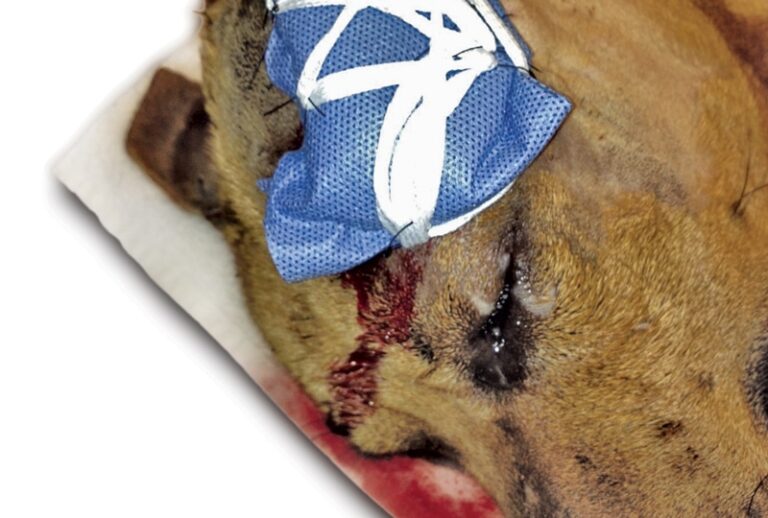To treat an open wound on a dog, clean the wound with mild soap and water, apply an antibiotic ointment, and cover it with a clean bandage. Ensure that the wound is not irritated and watch for signs of infection.
When your dog sustains an open wound, it’s essential to provide prompt and appropriate care to prevent complications. Proper treatment can expedite healing and reduce the risk of infection, ensuring your pet’s well-being. We will discuss the steps to effectively treat an open wound on a dog, highlighting essential considerations for optimal healing and recovery.
Understanding the proper approach to wound care for dogs is crucial for pet owners to maintain their pet’s health and overall happiness. Read on to discover the necessary steps and precautions to take when treating an open wound on your furry companion.
Assessing The Wound
Sure, I understand the requirements. Here’s a HTML formatted content for your blog post:“`htmlRecognizing Signs of an Open Wound: When assessing an open wound on your dog, look for signs of bleeding, swelling, or discharge. Additionally, watch out for any visible foreign objects in the wound.
Understanding the Severity of the Wound: It’s crucial to determine the severity of the wound before proceeding with any treatment. Look for factors such as depth, size, and location of the wound. Moreover, assess the dog’s behavior and overall health to gauge the impact of the wound.
Precautions Before Treating the Wound: Before initiating any treatment, it’s essential to ensure your safety and that of your dog. Use appropriate protective gear such as gloves, and carefully restrain your dog if necessary to avoid any accidental injury. Properly clean the wound area to prevent any contamination.
Treating The Wound
When treating an open wound on a dog, it is important to clean the area thoroughly to prevent infection. Use a mild antiseptic solution and gently apply it to the wound using a clean cloth or cotton pad. After cleaning, carefully dress the wound with sterile gauze or bandages to protect it from further contamination. Additionally, managing your dog’s pain and discomfort during the healing process is crucial. You can use pain-relief medications as directed by your veterinarian, and ensure your dog is comfortable and at ease. Regular monitoring and proper wound care are essential for a successful recovery.
Monitoring And Follow-up Care
When treating an open wound on a dog, it is crucial to monitor the wound for any signs of infection. Check for redness, swelling, discharge, or foul odor, as these may indicate an infection. If any of these signs are present, it is important to seek veterinary care immediately to prevent further complications. Even if the wound appears to be healing well, it is still important to follow up with regular checkups to ensure that the wound is healing properly and to address any potential issues early on.

Credit: www.amazon.com
Frequently Asked Questions On How To Treat An Open Wound On A Dog
How Can I Treat My Dogs Open Wound At Home?
To treat your dog’s open wound at home, gently clean the wound with water and mild soap. Apply an antibiotic ointment and cover the wound with a sterile bandage. Watch for signs of infection such as redness or discharge. If the wound doesn’t improve, seek veterinary care.
What Ointment Do You Put On A Dog’s Wound?
Apply a pet-safe antibiotic ointment to your dog’s wound to prevent infection and promote healing.
Do Dog Wounds Need Air To Heal?
Yes, dog wounds need air to heal as it helps in the formation of new tissue and reduces the risk of infection. Adequate airflow aids in the healing process for dog wounds.
When Should I Take My Dog To The Vet For An Open Wound?
Take your dog to the vet for an open wound if it is bleeding heavily, appears deep, or is larger than a small cut. Additionally, seek veterinary care if the wound becomes infected or does not heal within a few days.
Conclusion
Treating an open wound on your dog requires careful attention and prompt action. By following the steps outlined you can ensure the proper care and healing of your dog’s wound. Always consult with a veterinarian for any concerns and continue to provide love and support for your furry friend during their recovery.



